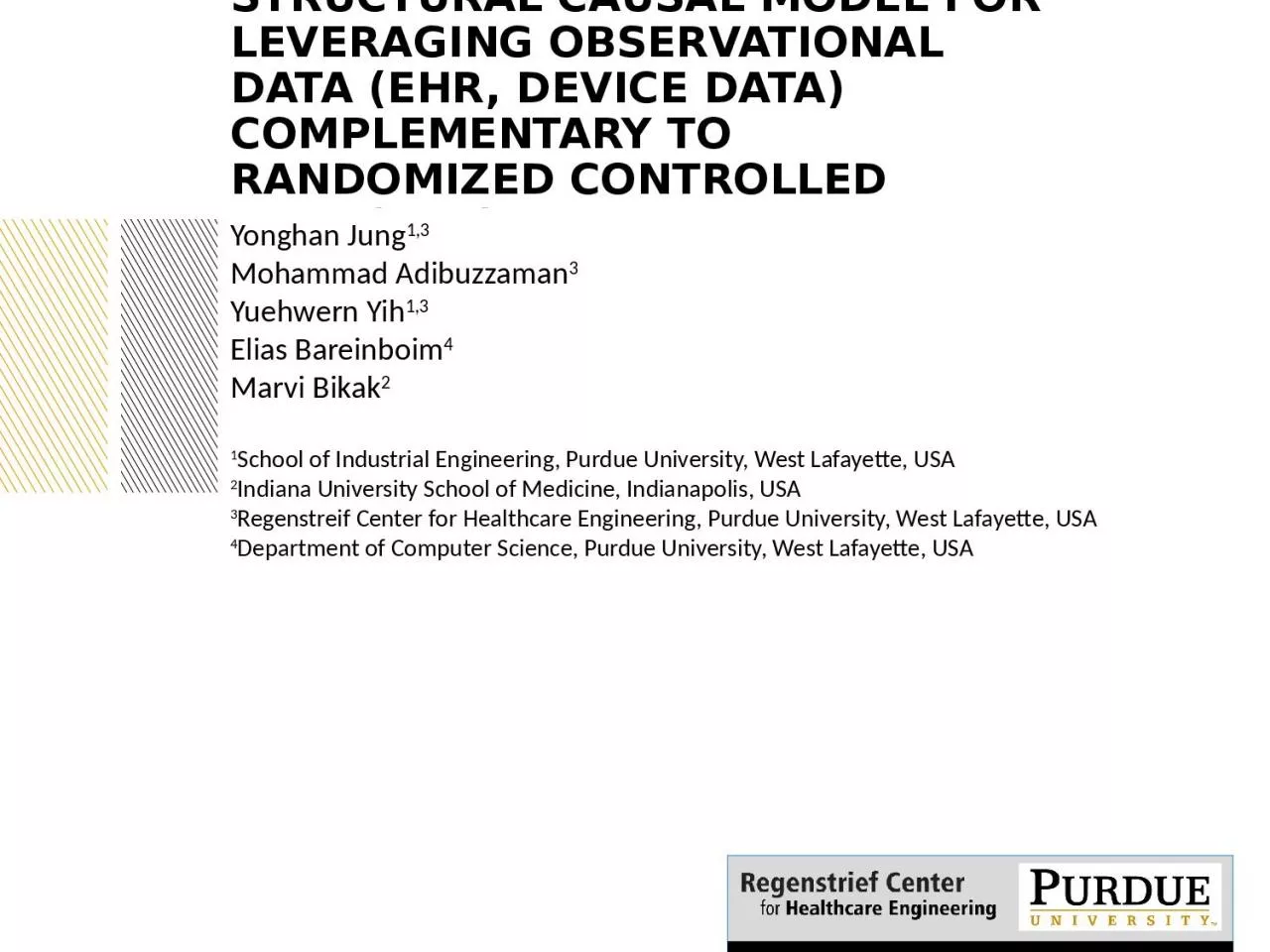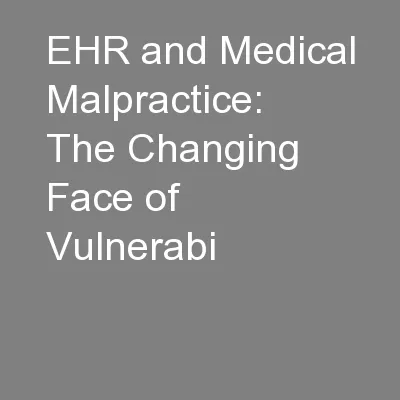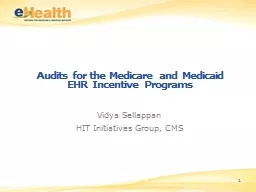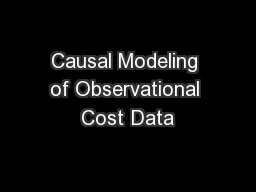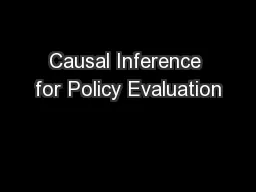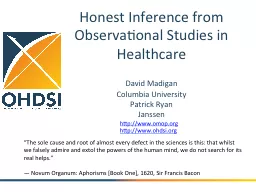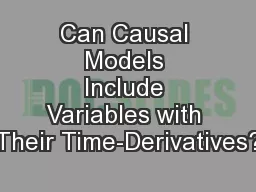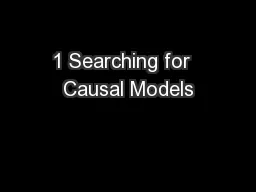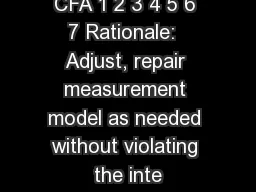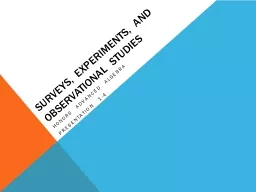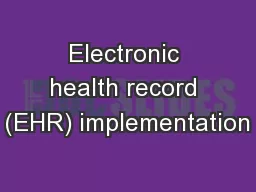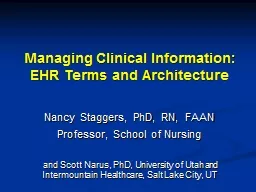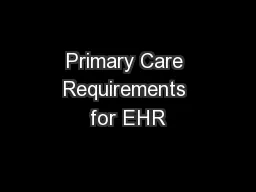PPT-Structural causal model for leveraging observational data (EHR, Device data) complementary
Author : MommaBear | Published Date : 2022-08-04
Yonghan Jung 13 Mohammad Adibuzzaman 3 Yuehwern Yih 13 Elias Bareinboim 4 Marvi Bikak 2 1 School of Industrial Engineering Purdue University West Lafayette USA 2
Presentation Embed Code
Download Presentation
Download Presentation The PPT/PDF document "Structural causal model for leveraging o..." is the property of its rightful owner. Permission is granted to download and print the materials on this website for personal, non-commercial use only, and to display it on your personal computer provided you do not modify the materials and that you retain all copyright notices contained in the materials. By downloading content from our website, you accept the terms of this agreement.
Structural causal model for leveraging observational data (EHR, Device data) complementary: Transcript
Download Rules Of Document
"Structural causal model for leveraging observational data (EHR, Device data) complementary"The content belongs to its owner. You may download and print it for personal use, without modification, and keep all copyright notices. By downloading, you agree to these terms.
Related Documents

